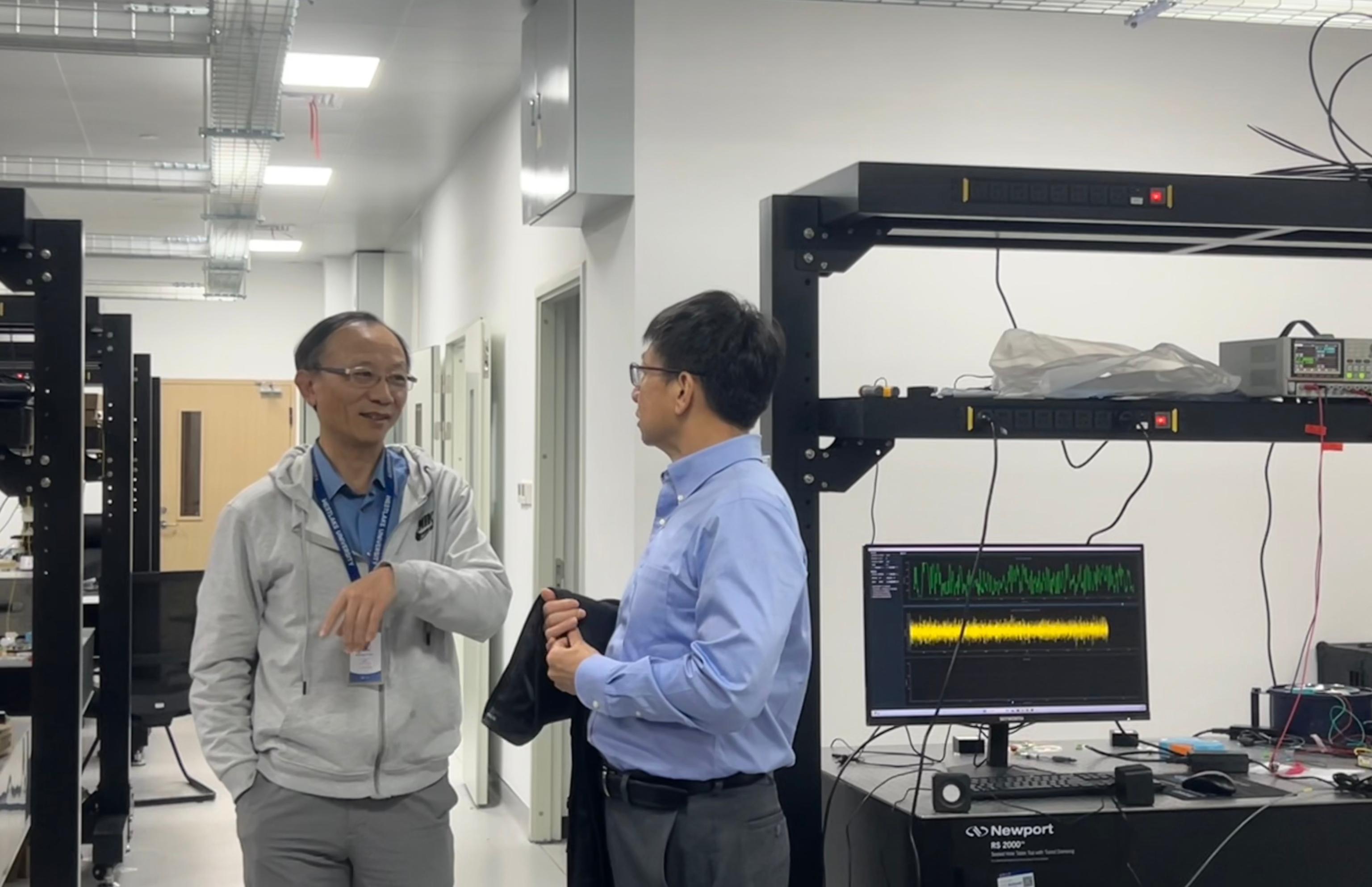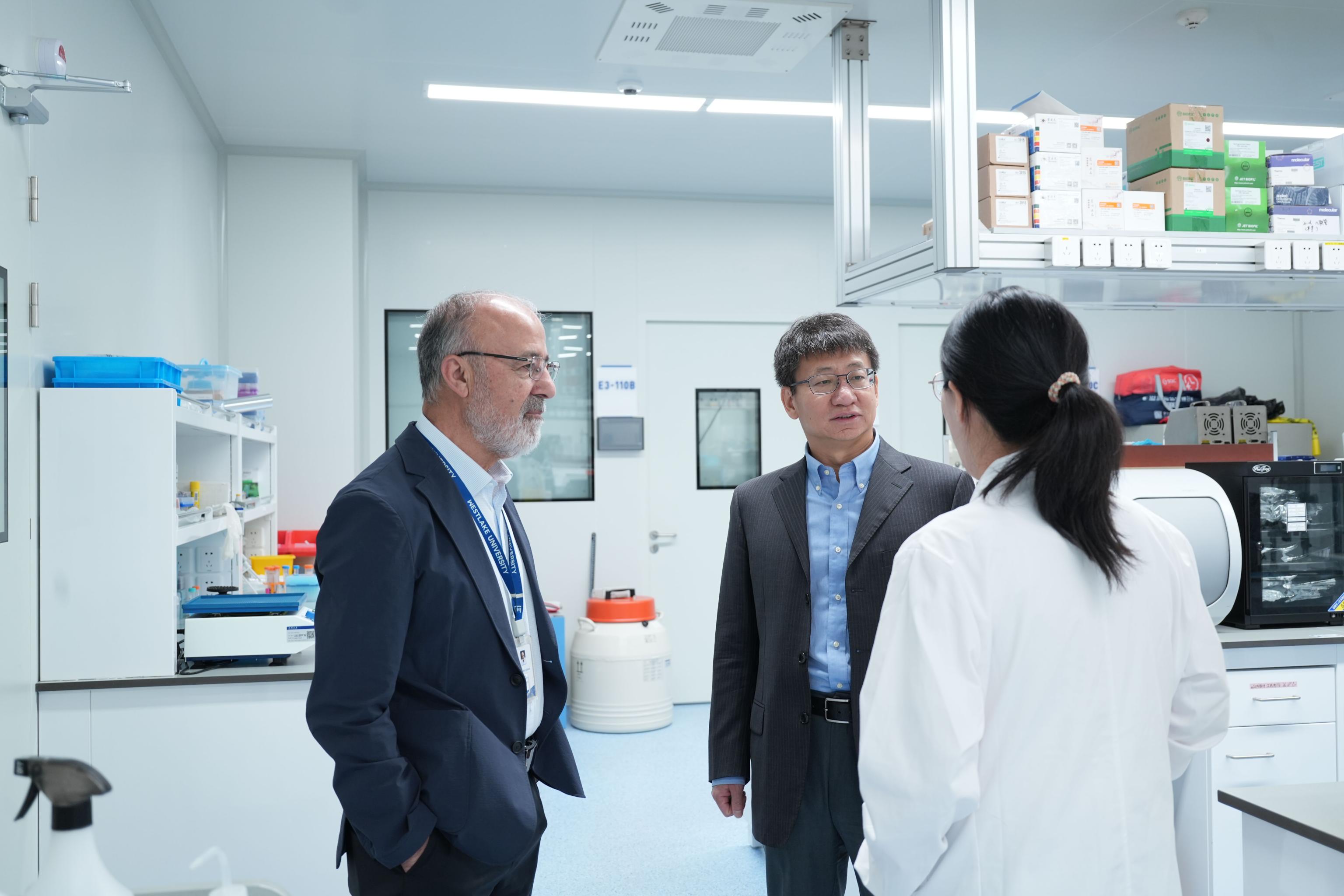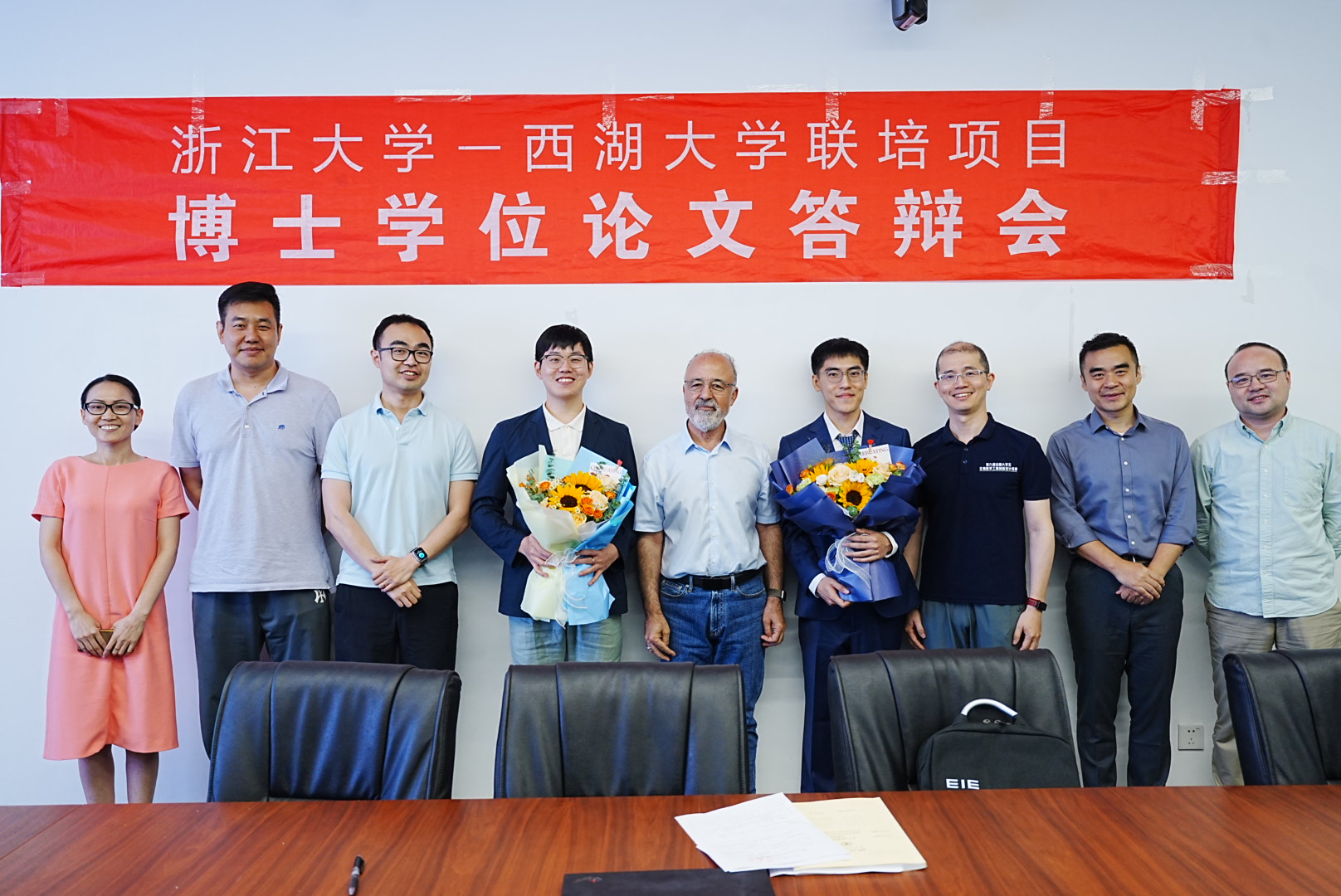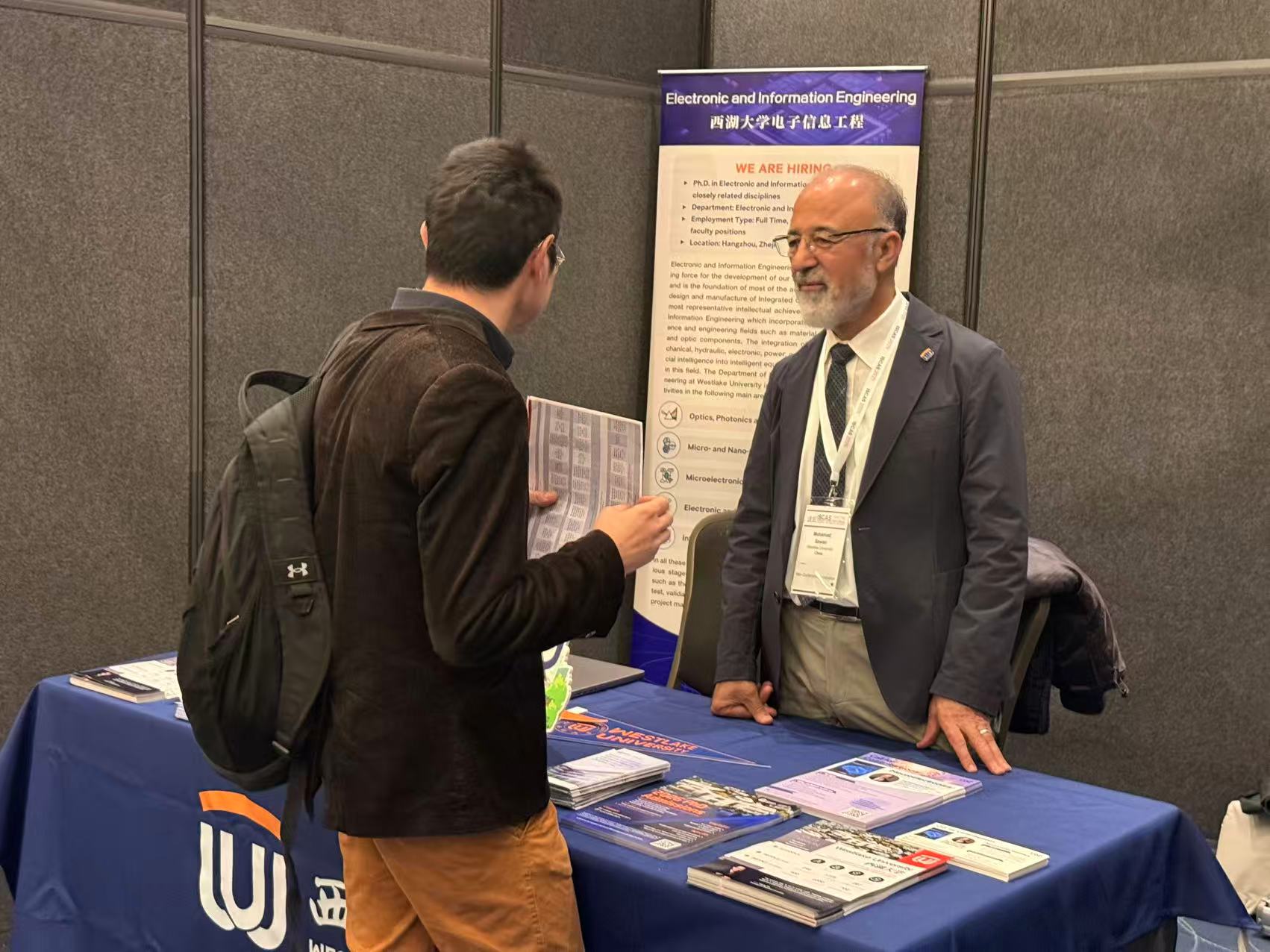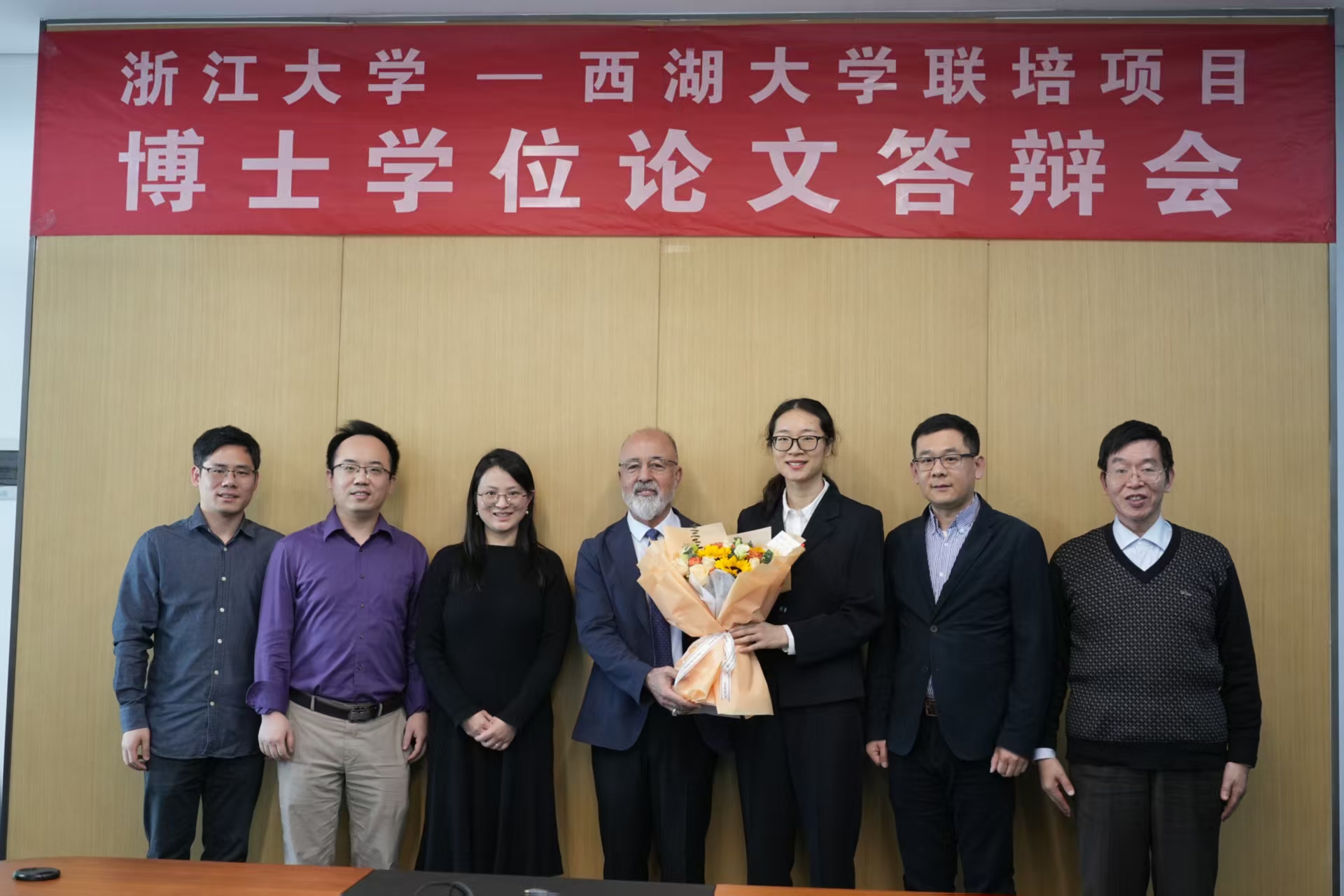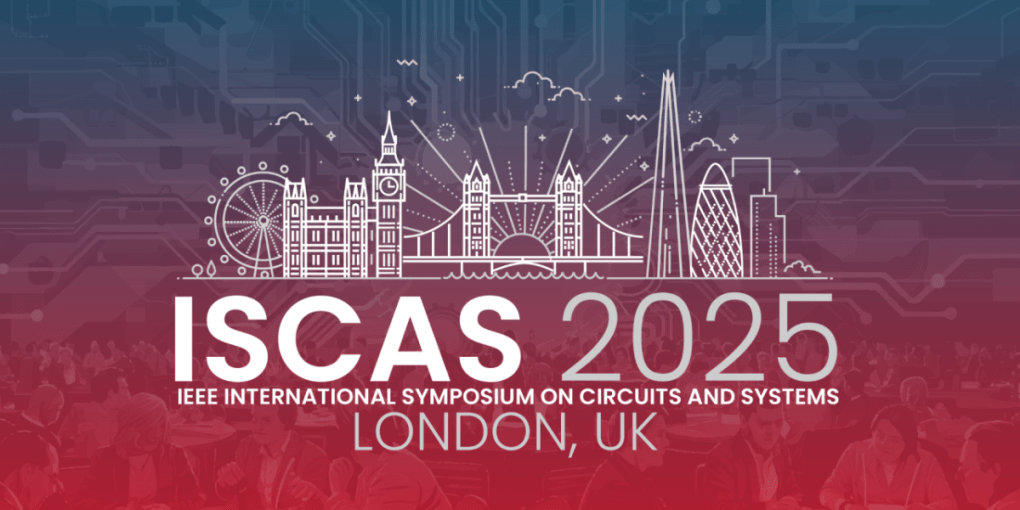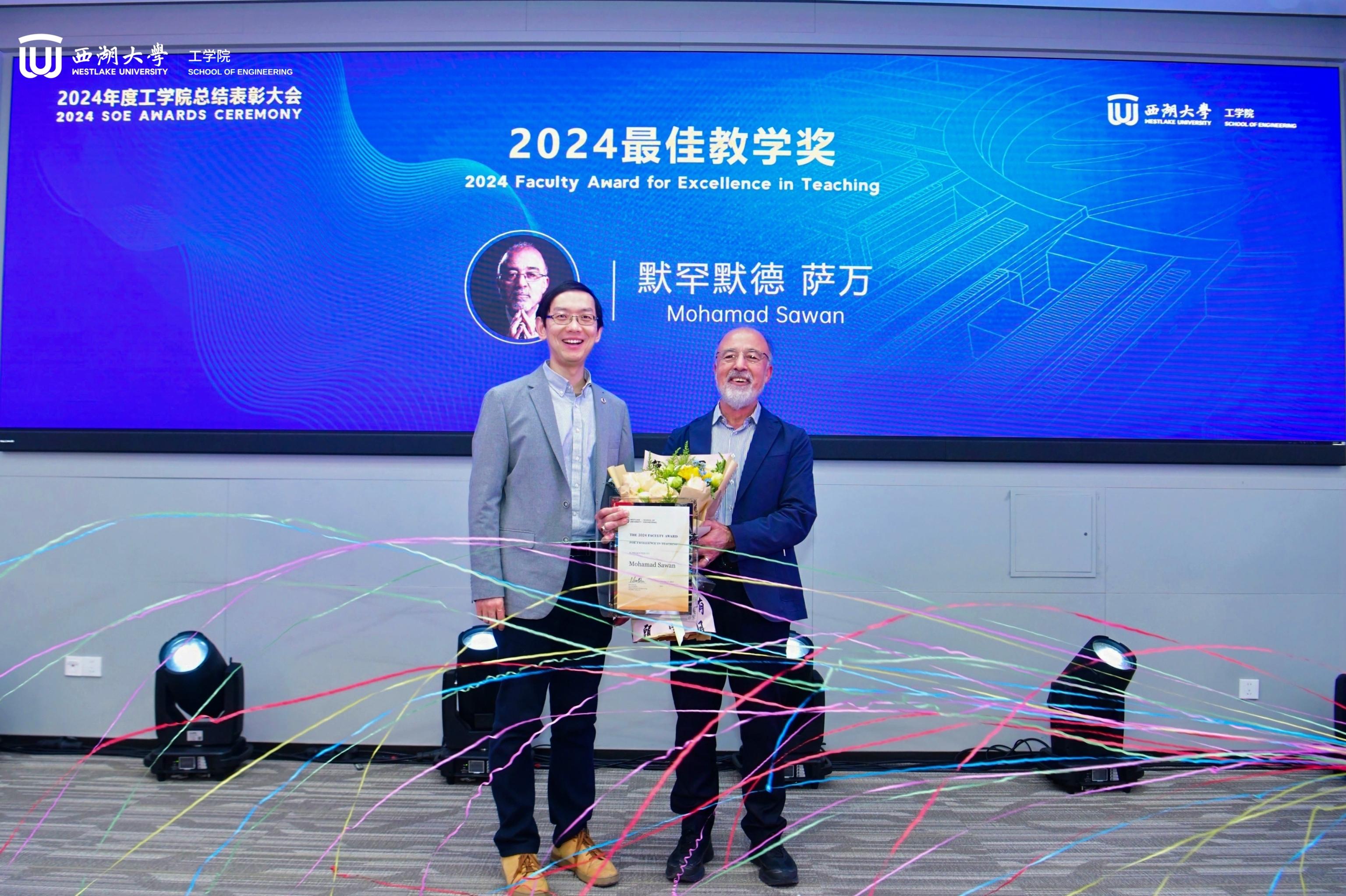On April 14, 2025, the 13th Yungu Lectureship was successfully held. This lecture welcomed Professor Xiao-Ping Zhang, a leading figure in artificial intelligence and communications and a Fellow of the Canadian Academy of Engineering, who delivered an insightful lecture titled " Multi-target Tracking (MTT) based on Dynamic Bayesian Network -- Physically Informed Learning."

Speaker Introduction
Dr. Xiao-Ping (Steven) Zhang is a Fellow of the Canadian Academy of Engineering, Fellow of the Engineering Institute of Canada and IEEE Fellow. He is the director of Shenzhen Key Laboratory of Ubiquitous Data Enabling, Tsinghua Pengrui Professor, Chair Professor of Tsinghua University Shenzhen International Graduate School and Tsinghua Berkeley Shenzhen College (TBSI). He is an internationally renowned expert in signal processing, big data and AI theories and applications including IoT and electronic systems, multimedia, bioinformatics, finance, and marketing. His extensive research in signal processing theory, methodologies, and cross-disciplinary applications has significantly advanced the development of this field.
Lecture Highlights
Prof. Zhang began by introducing the critical role of multi-target tracking (MTT) in Internet of Things (IoT), robotics, autonomous vehicles,UAV networks, and the low-altitude economy. He outlined the limitations of traditional methods, such as: 1)Reliance on single measurement data (e.g., azimuth, distance), leading to insufficient accuracy; 2)The NP-hard data association problem, resulting in high computational complexity and difficulty in real-time large-scale tracking.
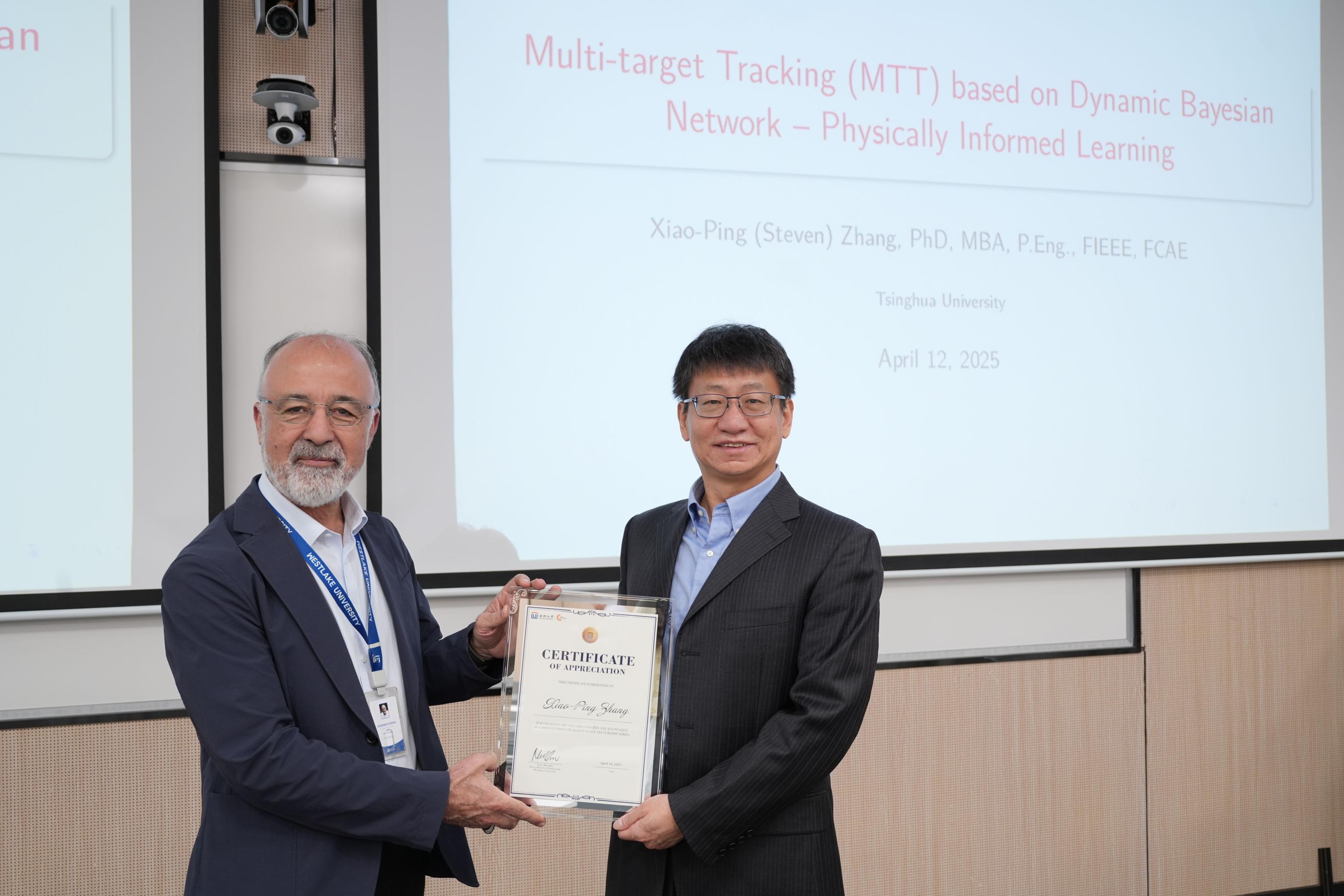
To address these challenges, Prof. Zhang's team proposed the DBNMTT framework, which innovatively integrates thearray signal model, the signal propagation model, and the motion model, using dynamic Bayesian networks (DBN). This approach directly infers target states from raw data, bypassing the computationally expensive data association step.Besides, experimental results demonstrated substantial improvements in tracking success rate and accuracy, along with reduced computational overhead, offering a more efficient solution for MTT.
The breakthrough "physics-aware, end-to-end learning" paradigm highlights the potential of interdisciplinary innovation in intelligent perception systems.

Q & A
During the Q&A session, the audience engaged in lively discussions on technical applications.
Q1:
Dr. Jie Yang
"Large models have excelled in computer vision tasks like recognition, tracking, and segmentation. How does this impact your research field?"
Prof. Zhang:
"While large models enhance general vision tasks, in physically constrained MTT scenarios, we prefer embedding physical models into learning frameworks to balance accuracy and reliability."
Q2:
Dr. Romaissa
"Can GNNs replace DBNs for MTT modeling?"
Prof. Zhang:
"GNNs rely on data-defined functions, whereas DBNs better capture probabilistic and temporal dependencies."
Follow-up: Dr. Romaissa
"Is there room for hybrid AI-DBN solutions? Where does uncertainty arise, and how can AI help?"
Prof. Zhang:
"Physics-governed systems should not be fully replaced by data-driven AI, but in highly nonlinear or complex scenarios, combining both can be beneficial."
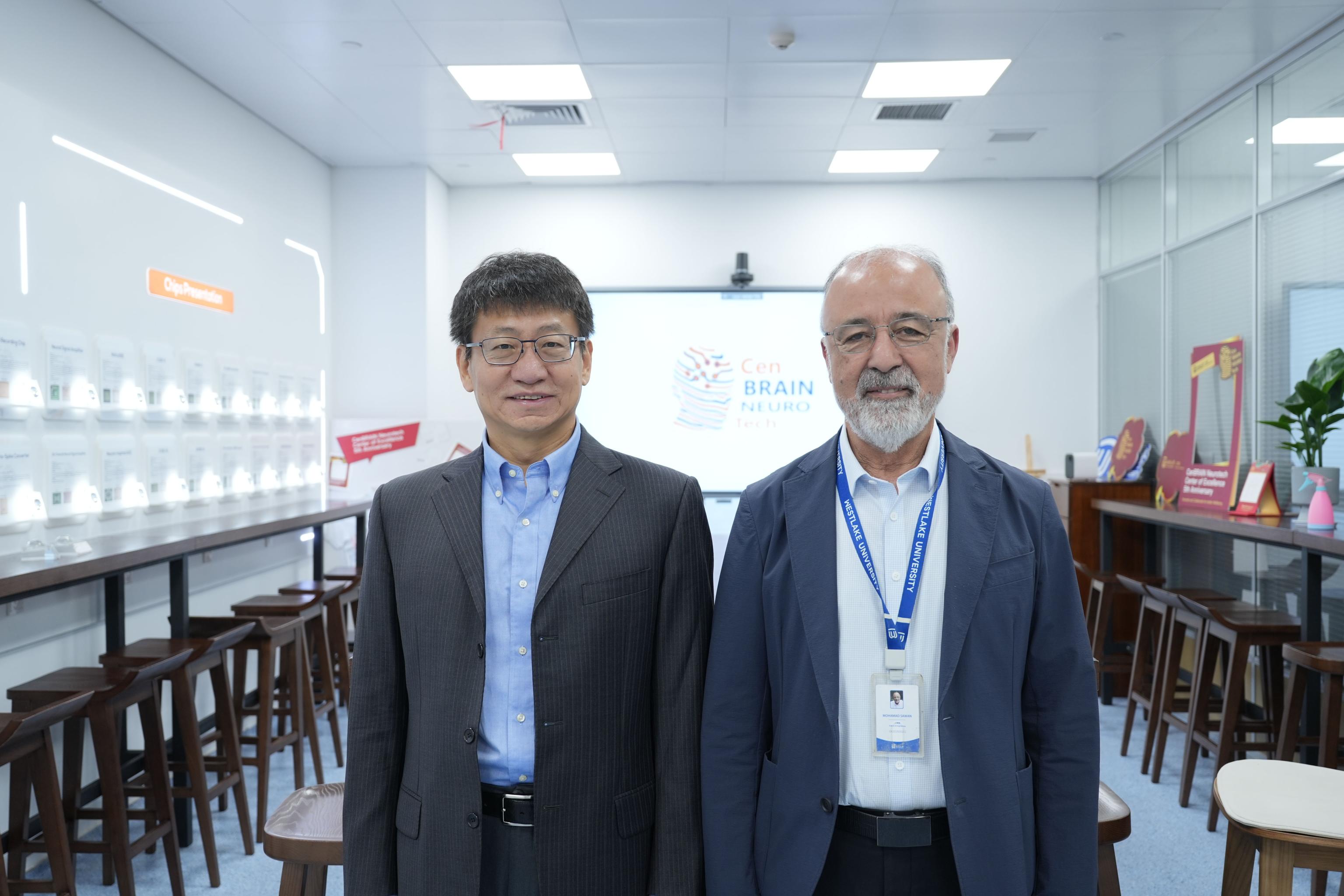
During his visit, Prof. Zhang was warmly received by Westlake University’s Chair Professors William Shieh, Weicheng Cui, and Mohamad Sawan for in-depth discussions. Then, he toured the Optical Communication and Sensing Laboratory (OCSL) and CenBRAIN Neurotech, had lively discussions with researchers, discussing technical details and industry trends while sparking new ideas and laughter. This vibrant exchange not only fostered intellectual inspiration but also sowed the seeds for future collaboration, blending academic rigor with innovative possibilities.
